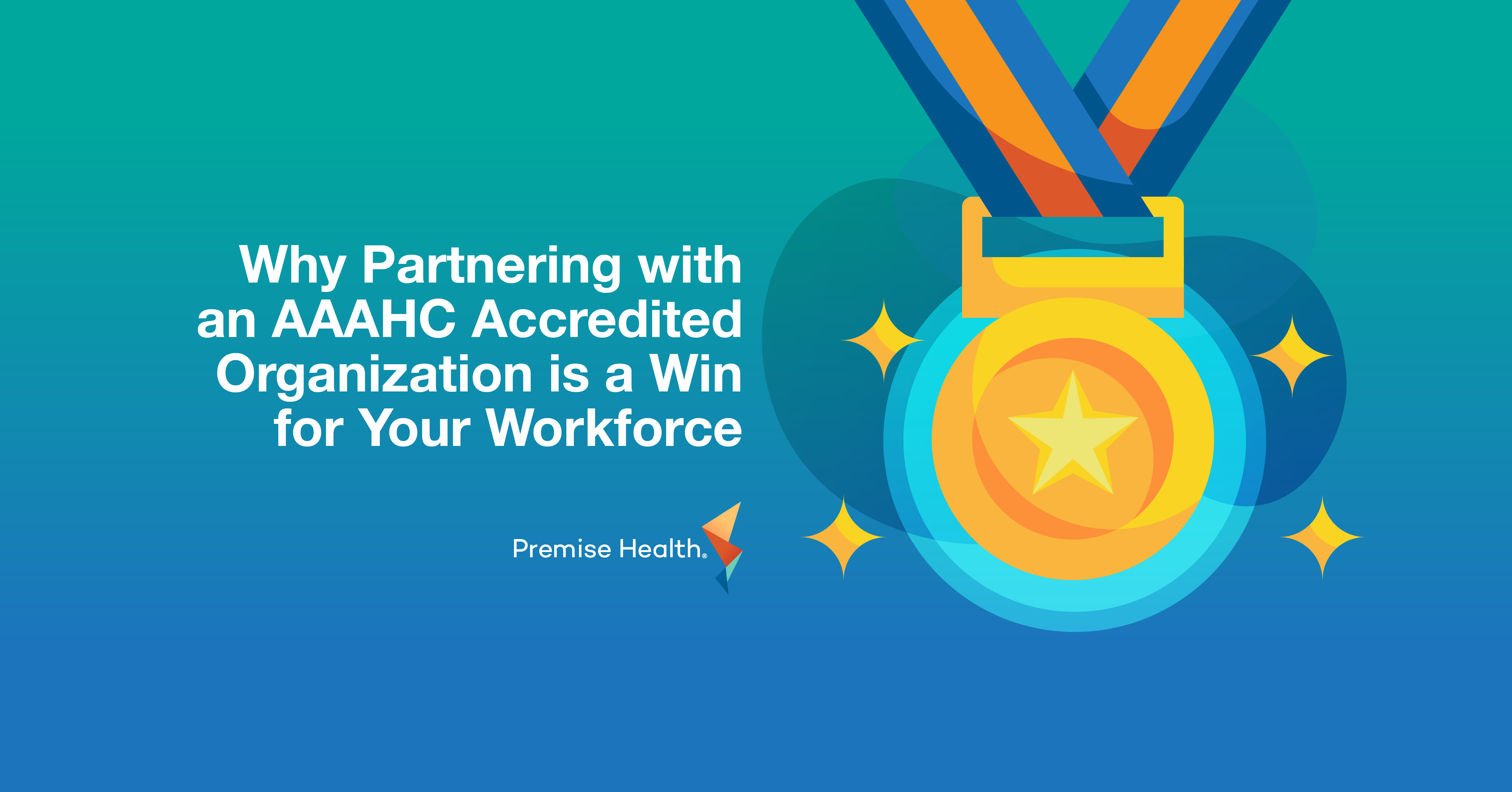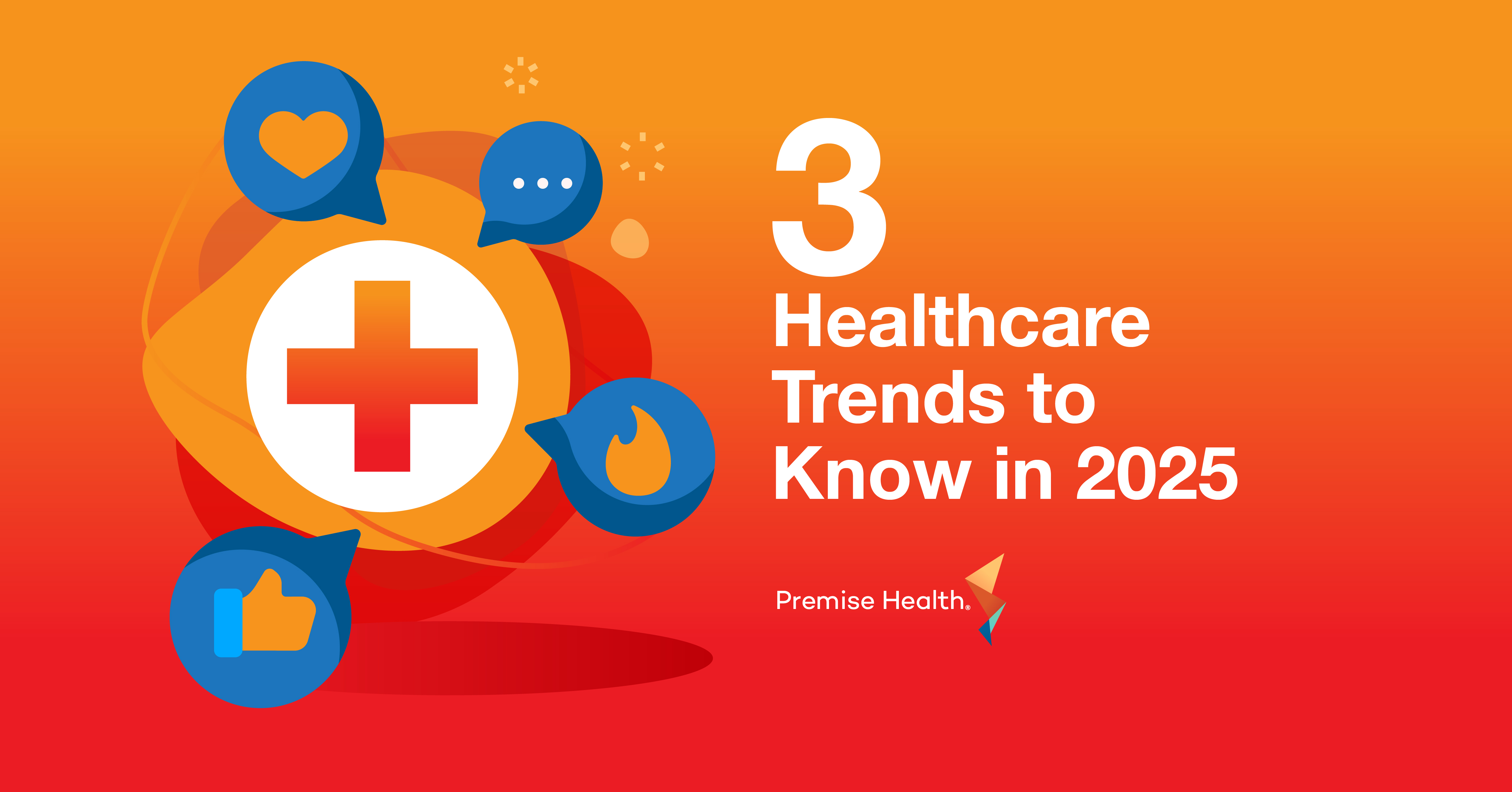3 Ways to Boost Employee Engagement (and Why You Should)
When it comes to work satisfaction, productivity, and collaboration, employee engagement is at the heart. Without it, the other three can’t exist…which is why engagement should be the strongest component of any wellness solution. Interacting with a workplace wellness program can (and will) translate to better engagement across the organization.
What is employee engagement?
Gallup defines “employee engagement” as “the involvement and enthusiasm of employees in their work and workplace.” Pretty straightforward, right? However, the solution for a disengaged workforce isn’t always as straightforward — but it’s very much needed.
Why? According to another Gallup poll, America is in an engagement “slump.” In 2021, only 34% reported “feeling engaged at work,” while 16% said they “were actively disengaged in their work and workplace.” And while it’s not necessarily surprising, given the global pandemic, 2020 was relatively similar. 36 percent of employees were engaged, and 14% were actively disengaged. This made for the first year-over-year drop in engagement, according to the firm, making it possible for concepts like “quiet quitting” to go instantly viral.
The same poll cited that the top groups to report disengagement were managers and health care professionals — which can then negatively trickle down to team members.
What causes engagement gaps?
So what’s causing this decline? Gallup indicates burnout is a major cause. In this pandemic era, many have taken on extra responsibilities at work, on top of managing their personal lives around a global crisis. The poll also suggests that remote work has created gaps in collaboration and connection, creating more siloed office environments. Employers need a reliable solution to bridge the geographical and emotional gaps between colleagues.
Wellness programs like Sonic Boom Wellness, a Premise Health-owned digital wellbeing solution, aim to be that solution by using a number of factors to measure engagement. It doesn’t start and end at registration or completing a health assessment. Rather, engagement is measured through contest and challenge participation, device registration, Challenge-of-the-Day completion, and rewards earned. They identify engagement as a top differentiator within the industry; their focus on all aspects of wellbeing is what makes their wellness solution appealing to team members. This mindset is a good example of why engagement needs to go beyond the signup page and check-the-box tasks that come around each quarter.
How to facilitate engagement
If employee engagement is, or has been, waning at your organization, here are some suggestions to help breathe life back into it.
Invest in a wellness solution
Wellbeing platforms that specialize in promoting, facilitating, and boosting engagement are pivotal to a company’s success. When considering a program, it’s important to assess what a potential vendor will provide and confirm it aligns with your organization’s goals. Engaging activities like wellness challenges and contests can be huge perks for employees; they encourage healthy competition and connection, which can translate to day-to-day productivity.
Of course, it’s also key to consider attributes like ease-of-use (is it simple to navigate?), intuitive user interface (is it aesthetically welcoming?), integration capabilities (can it play nice with other points solutions or vendors?), and price (how does it compare to other market leaders?). Knowing what to ask during the request-for-proposal process can be hugely beneficial when starting, continuing, or revamping your wellness partner search.
Lead by example
HR shouldn’t be the only department working toward better morale and more collaborations. It’s vital for leadership and the C-suite to pay attention to their employees’ needs too. While there are plenty of programs and online resources offering creative solutions in this area, it’s important to be selective when deciding what fits best with your company’s mission and values. One way to make this happen? Lead by example. Leadership should walk the walk, so to speak, by modeling wellness habits, collaboration, and open communication.
Ensuring employee satisfaction should be leaders’ top priority. For example, making sure employees feel safe and seen at work through DEIB-focused programs is one day-to-day tactic. Another is to establish ongoing communication outside of annual reviews and meetings by scheduling regular one-on-one check-ins. (According to one study, one-on-one meetings shot up after the pandemic began — by a cool 500%!) Also, if your company is using a wellness solution, encourage leaders to participate in challenges and contests. It not only shows C-suite’s commitment to a healthy workforce, but it also inspires copy-cat behavior.
Get social
Many of us spend the majority of our days (on average, about 90,000 hours over a lifetime) at work, so it makes sense that our on-the-job relationships can play a role in our happiness. That’s why social connectivity is another key factor in improving overall engagement, especially in the remote world. Siloed situations do nothing but divide and separate teams, leaving little to no opportunity for them to collaborate across departments and even less chance of getting to know each other in the first place.
A sense of belonging is a main intrinsic motivator to workplace happiness. In fact, according to Harvard Business Review, when team members feel connected, there’s a 56% increase in job performance and a 50% drop in turnover. Unfortunately, the same study found that only 40% of people feel connected at their job.
This is why creating opportunities for basic human connection is necessary when it comes to boosting engagement and emotional investment at work. Cultivating employee connection needs to start with other forms of socializing, other than just for work projects. Things like team-bonding activities or after-work social hours not only connect people, but also build trust between colleagues.
At the end of the day, we’re all humans showing up to work — and humans need and desire social connection and collaboration. Without it, we can’t feel our best. No matter what avenue leaders choose to help improve engagement, they’re all key in ensuring the work atmosphere is safe, productive, and enjoyable for everyone. If a wellness solution is in your future plans, Sonic Boom Wellness is a good place to start.
Next on industry insights.

How to Futureproof Your Healthcare Benefits
Read the Blog
Why Partnering with an AAAHC Accredited Organization is a Win for Your Workforce
Read the Blog